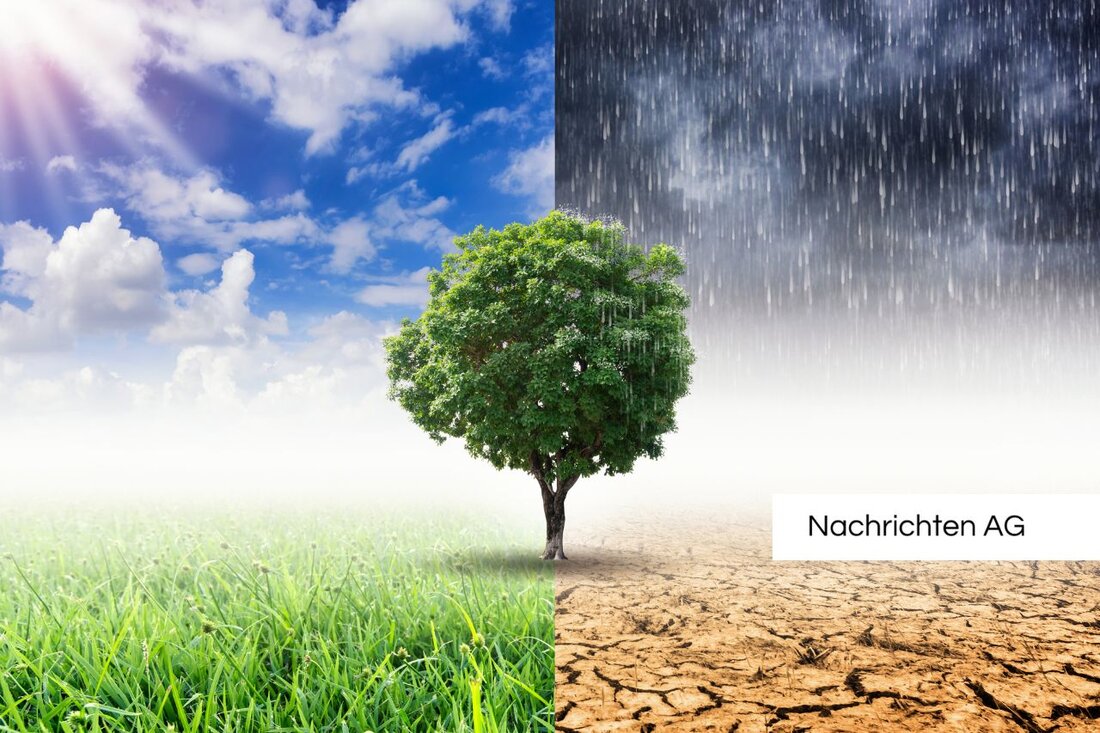Diversity in the forest: The key to heat resistance against drought!
Studies by UNI Freiburg on tree species diversity show how species-rich forests promote climate change resistance and strengthen ecosystems.

Diversity in the forest: The key to heat resistance against drought!
A current study sheds light on the complex interactions between tree species and their influence on the drought resistance of forests. According to the University of Freiburg, the composition of tree species is crucial for healthy and resilient forests, especially in times of longer and more frequent droughts. While different tree species are able to share water in a resource-saving manner and support each other, high species diversity can also lead to increased competition for water. In order to create climate-resilient forests, specifically selected combinations of species are necessary, not just a larger number of tree species. There is an urgent need to combine scientific knowledge with the empirical knowledge of forestry in order to overcome the challenges of climate change uni-freiburg.de.
Additionally, researchers including PD Dr. Andreas Fichtner and Prof. Dr. Werner Härdtle, investigated the influence of tree species diversity on the cooling effect in forests. Their results show that a higher number of tree species contributes to a significant cooling effect: a species-rich forest can be up to 4.4 degrees Celsius cooler than a monoculture at midday in summer. In winter, these forests offer a 1.1 degree higher temperature at night. The study thus highlights the importance of biodiversity in the context of climate change. At the same time, it is emphasized that simple temperature measurements in different forests are not sufficient to provide comparable results. The BEF-China Experiment, one of the world's largest field experiments on tree species diversity, was launched in China in 2008 and provides valuable data on tree species diversity and its effects, as in leuphana.de reported.
Forests as protection against climate extremes
Forests play a central role in climate protection. They are not only habitats for numerous species; they can also buffer extreme weather events. The richness of tree species increases the cooling effect in summer and improves insulation in winter. As a result, a more stable microclimate in forests contributes to better conditions for ecosystems and their services. A good mix of tree species has a positive effect on soil nutrient cycles and increases carbon storage, helping to reduce the greenhouse effect, such as bfn.de determines.
The Federal Agency for Nature Conservation (BfN) supports various projects to develop strategies for the protection and sustainable use of forests. These strategies are based on scientifically reliable knowledge about climate change and its effects on forest biodiversity. In order to meet the challenges of climate change, diverse and resilient forests are essential. This is the only way they can maintain their basic functions and ecological services and effectively fulfill their role as carbon sinks.

 Suche
Suche
 Mein Konto
Mein Konto